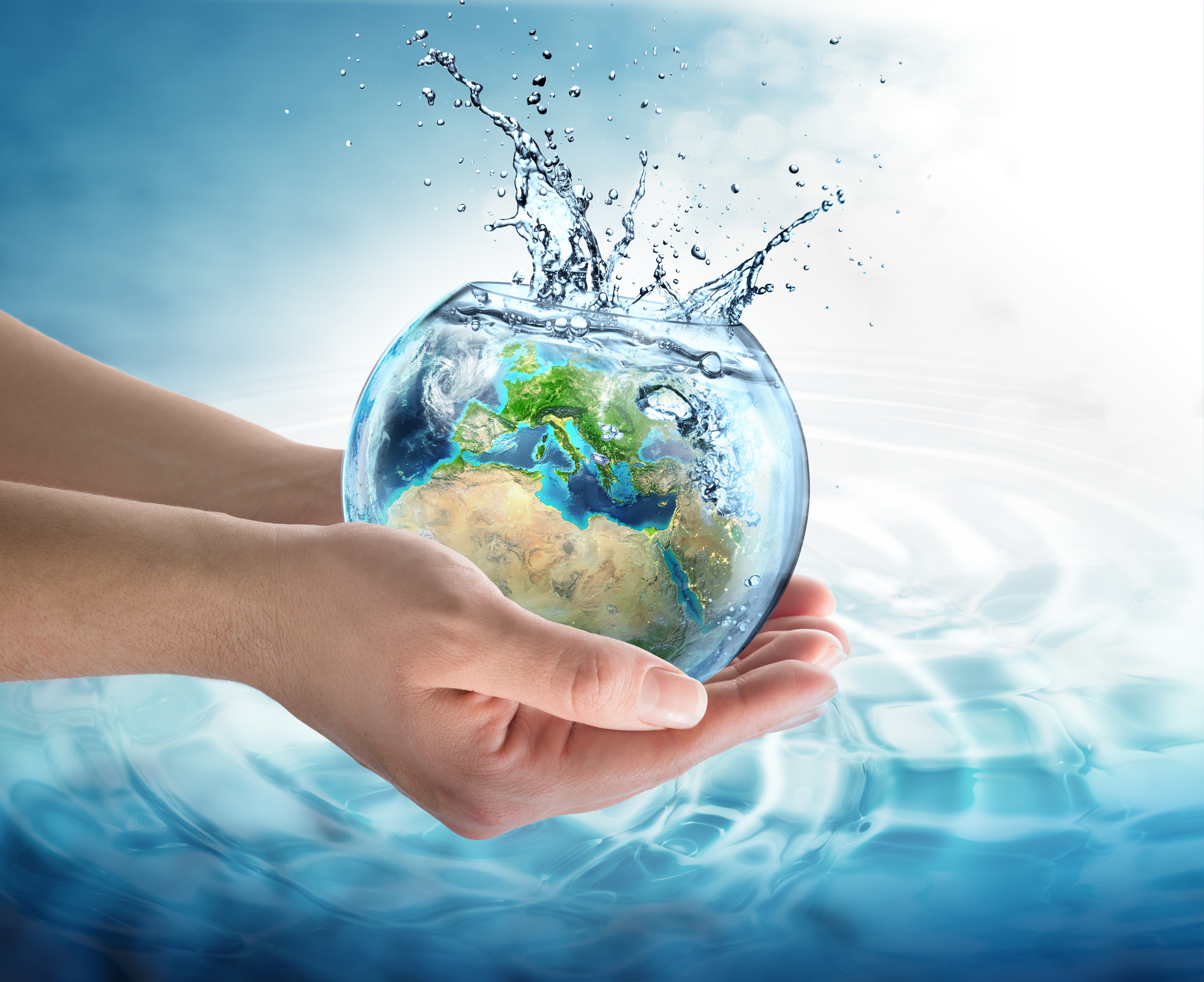World Resources Institute (WRI) Aqueduct Water Risk Atlas
New data from the World Resources Institute (WRI) Aqueduct Water Risk Atlas reveals that 25 countries, representing a quarter of the global population, face extreme water stress, consuming over 80% of their renewable water supply for various purposes. These nations are at risk of water scarcity due to even short-term droughts.
Approximately 50% of the world’s population (around four billion people) experience highly water-stressed conditions for at least one month annually, with this number potentially reaching 60% by 2050. The report highlights that regions with high water stress, particularly West Asia and North Africa, pose concerns for political stability beyond consumer and industrial implications.
What does it mean for a country to be exposed to extreme water stress?
Extreme water stress signifies that a country uses more than 80% of its renewable water supply for activities such as irrigation, livestock, industry, and domestic needs. This reliance makes them vulnerable to water scarcity during periods of drought.
How does the WRI define the term ‘water stress’?
A region is deemed ‘water stressed’ when the demand for water surpasses the available volume or when water quality limitations restrict its use for various purposes.
Which regions and countries are the most water-stressed according to the report?
The most water-stressed regions are West Asia, North Africa, and South Asia. Notable water-stressed countries include Bahrain, Cyprus, Kuwait, Lebanon, Oman, Qatar, and others.
How is global water demand projected to change by 2050?
Global water demand is estimated to increase by 20-25% by 2050. Additionally, watersheds facing unpredictable water supplies are expected to rise by 19%. This could result in 100% of West Asia and North Africa’s population facing extreme water stress by 2050.
What are the implications of high water stress beyond immediate concerns?
The report emphasizes that extreme water stress affects not only consumers and industries but also has far-reaching political implications. Water stress can impact political stability, making it a critical issue to address for global leaders.
What are the economic implications of solving global water challenges?
According to WRI’s findings, addressing global water challenges would cost around 1% of the global GDP or 29 cents per person per day from 2015 to 2030. Despite the costs, the potential economic benefits and stability improvements make it a worthwhile investment.
Month: Current Affairs - August, 2023
Category: Reports & Indexes Current Affairs






